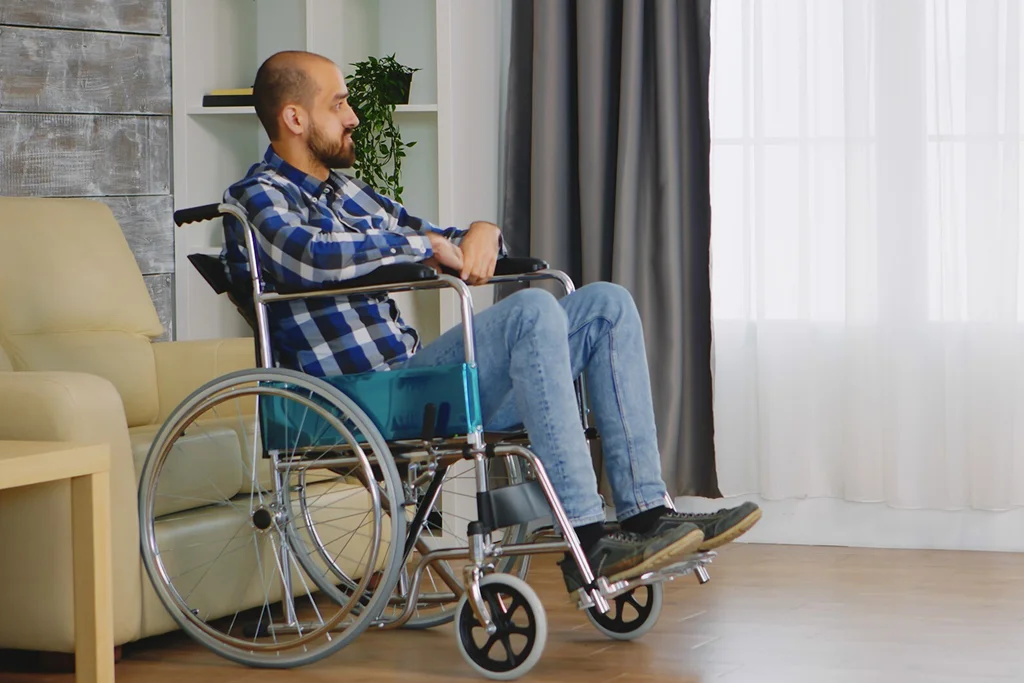Starting your journey with the NDIS can feel intimidating. Acronyms, assessments, and funding plans—there’s a lot to take in. Among all this, one term you’ll hear often is Supported Independent Living, or SIL. But what does it mean?
To put it simply, SIL is a gateway to independence. It offers tailored, everyday support that helps people with disability live confidently in homes they can truly call their own. If you’re new to the NDIS and SIL, this guide will give you clarity, direction, and most importantly, confidence.
Let’s unravel. First things first—
What Is Supported Independent Living (SIL)?
Supported Independent Living (SIL) is not just a service. It is a pathway. A key that opens the door to freedom, self-determination, and confidence for Australians living with a disability. It helps individuals live in shared or individual accommodations with ongoing support from qualified professionals.
SIL offers help with:
- Cooking
- Cleaning
- Self-care
- Navigating life’s daily hurdles
The SIL Home: More Than Just a Roof
Imagine a place tailored to your needs. A home where support is available around the clock and where your voice matters. SIL is that kind of place for NDIS participants.
SIL homes often operate on a shared model. It means you’ll be living with housemates who also receive support. You share a space, but your care remains personal and unique. This model allows services to be delivered more efficiently. Support workers can assist multiple people while still meeting each person’s individual requirements.
The result? A better ratio. A stronger support system. A balanced home life.
Who Is Eligible for SIL?
Not everyone qualifies for SIL Werribee. The NDIS has firm guidelines to ensure the right people get the right support. You may be eligible if:
- Your disability significantly impacts your ability to carry out daily activities.
- You need regular help to live independently.
- You have a support plan with SIL outlined as a necessary component.
How Do You Begin the SIL Process?
1. Assess Your Needs
2. Fill Out the Paperwork
You’ll need the Home and Living Supporting Evidence Form. This form paints the picture of your current circumstances and tells the NDIS why a new living arrangement is the right step for you.
Have you recently experienced a change in your living situation or needs? Include that. New goals or challenges? Document everything.
3. Seek a Professional Assessment
Now comes the vital step—professional input. An occupational therapist or similar expert will assess your day-to-day functioning. This is more than just ticking boxes. It’s about defining your care requirements with precision.
The assessment will evaluate:
- Your ability to cook, clean, and care for yourself.
- Your mobility and communication skills.
- Your safety in various environments.
4. Choose an SIL Provider
This is where your freedom of choice shines. Find a registered SIL provider who understands you. Interview them, ask questions, and check their compatibility with your values and preferences.
Remember, not all providers are created equal. Seek one who sees you as more than a client—someone who sees your potential.
5. Develop a Support Plan
- Daily routines
- Medical requirements
- Behavioural support strategies
- Overnight care needs
6. Submit the SIL Request to the NDIS
Once everything is ready, send your request to the NDIS. Your Support Coordinator, if you have one, can help make sure everything’s in order. If the NDIS finds the request to be “reasonable and necessary”, you’ll receive SIL Beveridge funding.
The Two Tiers of SIL: Standard vs. High Intensity
Standard Needs
- Supervision with daily tasks
- Sleepover staff (not awake all night)
- Support for minor behavioural issues
- Flexibility to spend time with family without paid carers
High Intensity Needs
- 24/7 active assistance
- Awake overnight care
- Management of complex behaviours
- Clinical supports, like seizure or ventilator monitoring
Decoding Support Ratios in SIL
- 1:1 Support: One support worker per participant. Ideal for participants who need close attention.
- 1:2 Support: One worker for two participants. Balanced for moderate needs.
- 1:3 Support: A more communal setup. Good for shared homes where residents support one another.
- 2:1 Support: Two workers per participant. Reserved for very high needs or dual-assist tasks.
What determines your support ratio?
- Your independence
- The complexity of your support needs
- Your behaviour patterns
- Your living setup
Final Thoughts
As you may have grasped by now, SIL is more than housing. It’s a tailored lifestyle—A structured path to autonomy. So, if you or your loved one is exploring SIL in Melton for the first time, go ahead without any hesitation. This is the first step toward a more independent life.
But if you feel alone or need more guidance, consider contacting our experts at Matrix Healthcare. Whether it’s SIL or any other NDIS service, we will walk with you through the process and make it all efficient. Our registered NDIS services will surely meet (or even exceed) your expectations.







 Make My Website
Make My Website